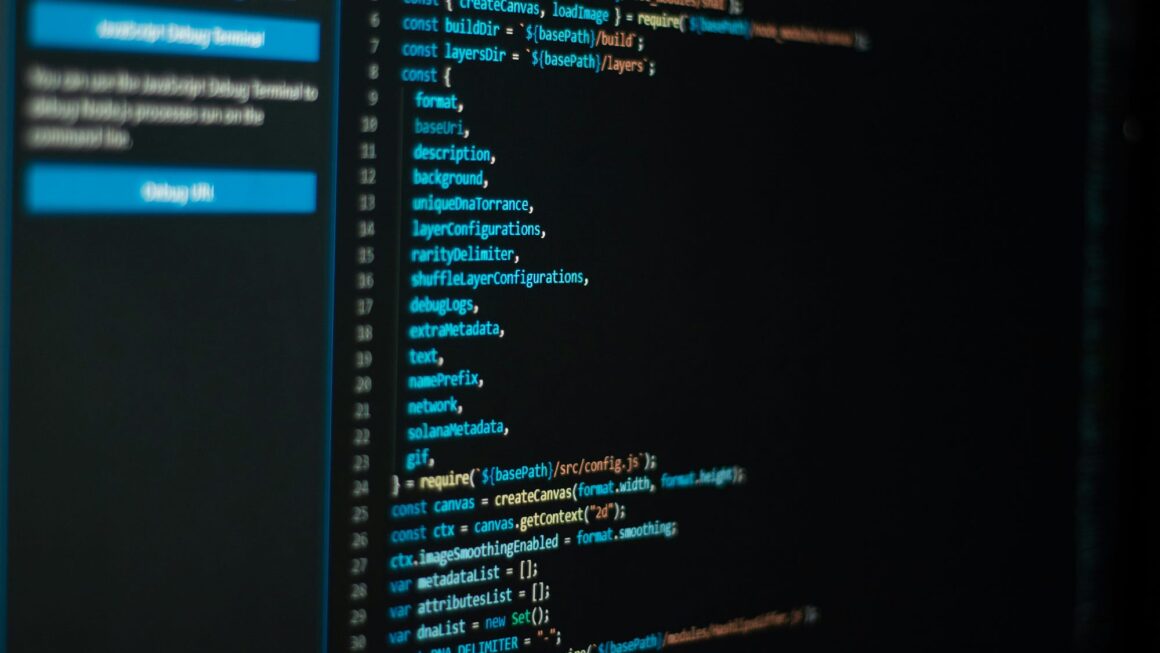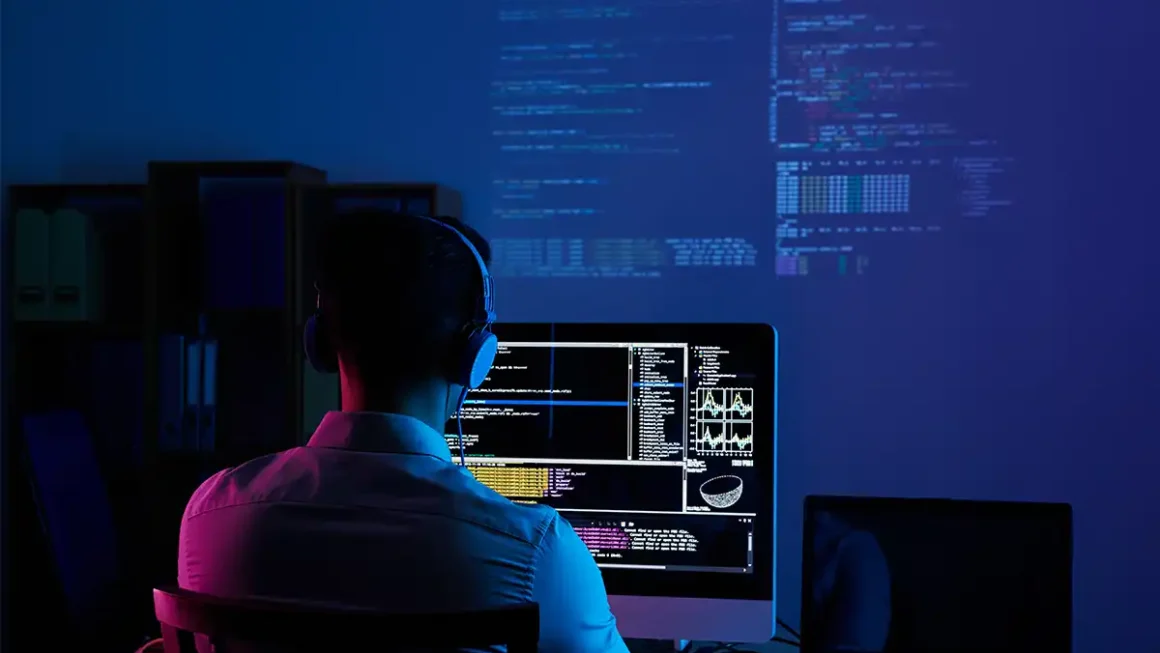Python is one of the most popular and beginner-friendly programming languages in the world. Whether you’re a complete novice or someone who’s already acquainted with coding concepts, learning Python can be both an exciting and rewarding experience. In this article, we will guide you on how beginners can start learning Python effectively, step by step, and provide tips, resources, and advice to help you succeed on your programming journey.
Why Python is Perfect for Beginners
Python’s popularity among beginners can be attributed to several factors that make it an ideal language for newcomers to the world of programming:
- Simple and Readable Syntax: Python’s syntax is clean and easy to understand. It avoids the complexity found in other programming languages, making it accessible for people who have never written a line of code.
- Versatility: Python can be used for a wide variety of applications, such as web development, data science, machine learning, automation, and more. This flexibility makes it a valuable language to learn.
- Extensive Community Support: Python has a massive and welcoming community of developers, which makes finding help, resources, and solutions to problems easier than ever.
- Large Ecosystem of Libraries and Frameworks: Python boasts a huge library ecosystem for various domains like data analysis, web development, artificial intelligence, and more, enabling you to do complex tasks with minimal effort.
With all these advantages, it’s easy to see why Python is often the language of choice for beginners. Now, let’s dive into how you can get started with learning Python effectively.
Step-by-Step Guide to Learning Python
Here’s a roadmap to help you start learning Python effectively, with actionable steps that ensure steady progress:
1. Set Clear Goals and Understand Why You Want to Learn Python
Before diving into the technical aspects, it’s important to ask yourself why you want to learn Python. Do you want to:
- Build websites with web frameworks like Django or Flask?
- Get into data analysis or data science?
- Automate tasks and improve productivity?
- Create games or interactive applications?
Setting clear goals will help you stay focused and motivated. Whether you’re learning Python for a specific project or to explore a broader field like machine learning or web development, knowing the end goal will help shape your learning path.
2. Install Python on Your Computer
The first practical step is to install Python on your computer. Here’s how you can do it:
- Visit the official Python website at python.org.
- Download the latest version of Python for your operating system (Windows, macOS, or Linux).
- Follow the installation instructions. Make sure to check the box that says “Add Python to PATH” during the installation process, as it ensures that Python is available globally on your system.
After installation, verify that Python is working by opening a terminal or command prompt and typing python --version or python3 --version to check the Python version installed.
3. Learn the Basics of Python Syntax
Once Python is installed, start by learning its basic syntax and concepts. These include:
- Variables: Understand how to declare and assign values to variables.
- Data Types: Learn about Python’s built-in data types such as strings, integers, floats, lists, tuples, dictionaries, and sets.
- Operators: Study arithmetic, comparison, and logical operators used in Python.
- Conditionals: Learn how to make decisions using
if,elif, andelsestatements. - Loops: Understand the concept of repeating tasks using
forandwhileloops. - Functions: Learn how to define reusable code blocks using functions and arguments.
4. Practice Writing Simple Python Programs
Once you have the basic syntax down, begin writing simple Python programs to reinforce your understanding. Some ideas for beginner projects include:
- A Hello, World! program (a classic first program).
- A calculator that can perform basic arithmetic operations.
- A number guessing game where the program picks a random number, and the user tries to guess it.
These beginner programs will help you get comfortable with Python syntax, and they also lay the foundation for more complex projects later on.
5. Work on Small Projects
After understanding the basics, it’s time to start building more practical and interesting projects. Here are some small project ideas to get started with:
- To-Do List Application: Create a command-line app where users can add, view, and delete tasks from their to-do list.
- Simple Web Scraper: Use the
BeautifulSouplibrary to extract information from a website, such as headlines from a news website. - Basic Contact Book: Build a contact book where users can store contact information such as names, phone numbers, and email addresses.
Working on projects will not only deepen your understanding but also give you tangible results to show for your efforts.
6. Learn to Use Python Libraries and Modules
As you grow more comfortable with Python, you’ll want to learn how to leverage Python’s vast ecosystem of libraries and modules. Python’s standard library provides built-in modules for various tasks, such as file handling, regular expressions, and more.
Additionally, external libraries and frameworks expand Python’s capabilities. Here are some libraries that are especially useful:
- NumPy and Pandas for data manipulation and analysis.
- Matplotlib and Seaborn for data visualization.
- Flask or Django for web development.
- TensorFlow and PyTorch for machine learning.
- Requests for making HTTP requests.
Familiarizing yourself with these libraries will allow you to build sophisticated applications and automate tasks efficiently.
7. Engage with the Python Community
One of the best ways to accelerate your learning is to engage with the Python community. The Python community is active and supportive, and many resources are available to help you learn and grow. Here are some ways to get involved:
- Join Python Forums and Communities: Participate in online forums like Stack Overflow, Reddit’s r/learnpython, or the Python mailing lists.
- Attend Meetups and Conferences: Look for Python meetups, conferences, and workshops in your area (or online).
- Follow Python Blogs and Tutorials: There are numerous Python blogs and tutorial websites where you can learn new techniques and best practices.
- Collaborate on Open Source Projects: Contribute to open-source Python projects on GitHub. This will provide you with real-world coding experience and help you learn from others.
8. Keep Practicing and Challenge Yourself
Programming is a skill that improves with consistent practice. Make sure to:
- Solve Problems on Coding Platforms: Websites like LeetCode, CodeWars, and HackerRank provide a plethora of problems for you to practice your Python skills.
- Build More Advanced Projects: As you progress, tackle more advanced projects like web apps, data analysis scripts, or AI-based applications.
- Refactor Your Code: Always revisit your old code and try to optimize or improve it. This reinforces your learning and improves your coding efficiency.
FAQs
- How long does it take to learn Python? The time it takes to learn Python depends on your prior programming experience and the depth of knowledge you want to acquire. It typically takes a few months for beginners to get comfortable with Python basics and start working on simple projects.
- Do I need to know other programming languages before learning Python? No, Python is beginner-friendly and doesn’t require prior programming knowledge. It’s a great language to start with, even for complete beginners.
- What is the best resource to learn Python? The best resource depends on your learning style. Some excellent resources include online tutorials, books like “Automate the Boring Stuff with Python” by Al Sweigart, interactive platforms like Codecademy, and video lessons on YouTube.
- What should I do after mastering the basics of Python? Once you master the basics, you can explore advanced topics like web development with Django or Flask, data science with Pandas and NumPy, or machine learning with TensorFlow and PyTorch.
- Can I make a career out of Python programming? Yes, Python is in high demand across various industries, including software development, data science, AI, web development, and more. With Python skills, you can pursue a wide range of career opportunities.
- Do I need to learn Python libraries like Pandas and NumPy? If you’re interested in data science, machine learning, or web development, learning libraries like Pandas and NumPy is essential. They provide powerful tools for working with data.
- What are some common mistakes beginners make when learning Python? Common mistakes include not practicing enough, not using the correct libraries, not testing code thoroughly, and neglecting proper code structure and readability.
Conclusion
Learning Python as a beginner is an exciting journey, and with the right approach, it can be highly rewarding. By setting clear goals, mastering the basics, and consistently building projects, you can become proficient in Python and start applying it to real-world scenarios. Python’s simplicity, flexibility, and extensive library ecosystem make it an ideal language for beginners, and by staying engaged with the community and challenging yourself with increasingly complex tasks, you’ll continue to grow as a developer.
Key Takeaways
- Start with the Basics: Learn the fundamentals of Python syntax, data types, loops, and functions.
- Build Projects: Hands-on projects are essential for reinforcing your skills and staying motivated.
- Use Libraries and Frameworks: Familiarize yourself with Python’s vast ecosystem of libraries for more advanced tasks like web development and data analysis.
- Engage with the Community: Participate in Python communities to learn from others and get help when needed.
- Practice Consistently: The more you practice and challenge yourself, the faster you will improve and become a proficient Python programmer.
With patience, persistence, and practice, you’ll quickly become a Python pro and unlock the door to countless programming possibilities!




